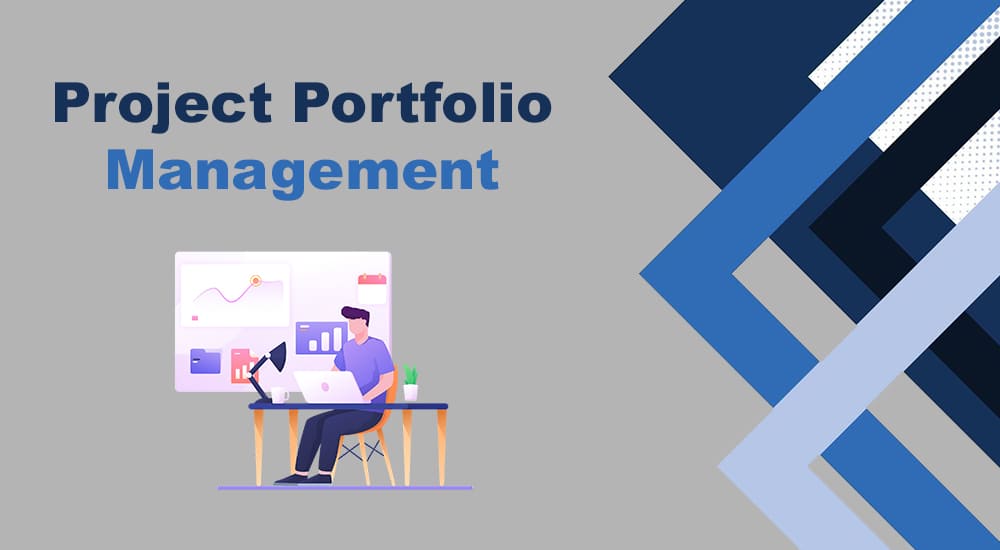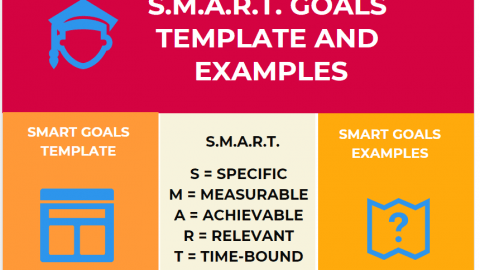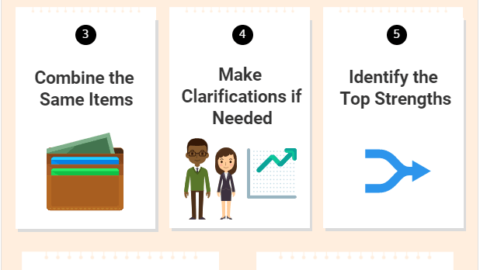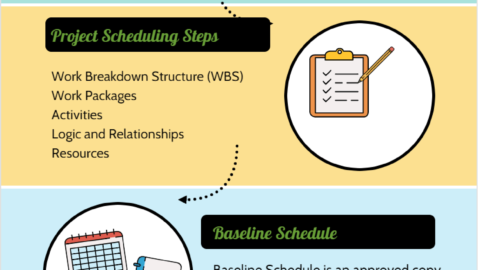The Whole Manual for Project Portfolio Management (PPM)
Project portfolio management – PPM has come to be an essential detail for businesses trying to improve their capability to deal with numerous initiatives successfully. PPM describes how a business prioritizes initiatives, allots resources, budgets, and schedules, and manages different venture components. Check out our Manual for Project Portfolio Management below. For this reason, the space between method and implementation is filled by way of project portfolio management. PPM determines the pleasant undertaking of prioritization and sequencing to optimize ROI. PPM does it by taking into account the huge picture of all projects grouped collectively, past, present, and future.
Table of Contents
What is Project Portfolio Management and Manual for Project Portfolio Management (PPM) ?
Project portfolio management (PPM) is the study and optimization of fees, sources, technology, and strategies for all tasks and programs in a portfolio. Project management offices (PMOs), or portfolio managers, regularly take care of venture portfolio control.
The primary purpose of PPM is to make sure that every portfolio effect meets the business enterprise’s strategic and business goals. This is executed via the portfolio manager. Or PMO through enterprise analysis, budget review, and forecasting. All at the same time as restricting danger and dealing with stakeholder expectations.

The Primary Goals of Project Portfolio Management (PPM)
Agencies conflict due to the fact that there are several issues they’ll be working on but not enough assets to do so. A corporation makes use of PPM to prioritize certain projects. As opposed to just adding more work to already overburdened workers. These four main goals are part of the enterprise portfolio.
1. Determine the Finest Investment Project
First, PPM’s major purpose is to decide in which direction investments and resources must be made. Depending on whether or not they are aiming for fast maximum earnings or an extended-time period purpose. So, every corporation will approach this selection differently. PPM makes it obvious what an enterprise needs to concentrate its efforts on, which offers everyone a clear course and increases the entire portfolio fee.
2. Keep the Enterprise’s Focus
A business enterprise becomes distracted and reactive if it accepts each assignment that comes along. A business enterprise is functioning in accordance with a well-thought-out plan in the manual for project portfolio management while it uses PPM to prioritize projects. This long-time period attitude helps the business enterprise keep away from making quick judgments that can be negative for its future.
3. Make a Concern List for Future Planning
PPM no longer merely helps in venture selection but also generates a priority list for an organization to devise and arrange its upcoming tasks. This increases the likelihood that those observe-up tasks will prevail, and, if nicely designed, they will build on earlier efforts to achieve maximum efficacy.
4. Set a Standard for Upcoming Investment
A baseline from in advance PPM-controlled tasks will help the company’s destiny alternatives approximately in which to allocate assets. If a positive undertaking doesn’t meet expectations, an agency may evaluate its priority listing, demote related tasks, and sell hit initiatives in a different direction.
A PMI survey states that businesses with established PPM procedures successfully finish 35% more projects, experience fewer project failures, and spend less money. An intensive method of assignment portfolio management may completely trade the manner your business operates by way of supporting you in choosing and implementing tasks. So as to permit you to fulfill your financial and operational goals, enhance your competitiveness, and beautify your client relationships.
What is the Main Difference Between Managing Projects and Managing Portfolios?
In spite of the fact that they share a name and have a number of similarities, project management and portfolio management are not the same thing at all. Project management and portfolio management do, however, need some of the same broad abilities.
You are aware that project management refers to the process of applying knowledge, skills, tools, and methods to project activities in order to fulfill the requirements of the project. It is impossible to place too much emphasis on its significance.
On the other hand, the term “portfolio” is the one that really matters when it comes to the administration of project portfolios. The management of ongoing projects is not the primary focus of PPM. Instead, the emphasis is on determining which initiatives to participate in and how to finance those efforts. These choices are made according to whether or not they contribute to the accomplishment of the company’s goals and objectives. Last but not least, proposals for initiatives that do not fit within the parameters of the company’s goals shouldn’t last.
What is IT Portfolio Management?
The goal of managing an organization’s IT portfolio is to guarantee that the separate IT investments that are ingrained in the company’s procedures, personnel, and technology are proceeding according to plan. Therefore, eliminating the disconnect between the general strategy of the company and the plan’s actual implementation.
A manager of IT portfolios is responsible for analyzing the financial portfolio, calculating the prospective returns of various IT investments. Also he or she is determining whether or not a project aligns with strategic goals, and evaluating risk at the portfolio level.
There are many parallels between IT project portfolio management and IT portfolio management. Nevertheless, there are circumstances in which IT portfolio management will go beyond the scope of projects and initiatives to investigate the applications and infrastructure.
The administration of technology or software portfolios in a big company will draw not just from the technology portfolios themselves. But also from disciplines relevant to those portfolios. Program management, business case analysis, corporate project portfolio architecture, and performance management are some examples of these. Despite this, IT portfolio managers will still adhere to the sorts of procedures for portfolio management.

15 years’ experience as a professional project management and strategy consultant. Director at Northwest Training and Education Co. which provides agile and scrum training service.










